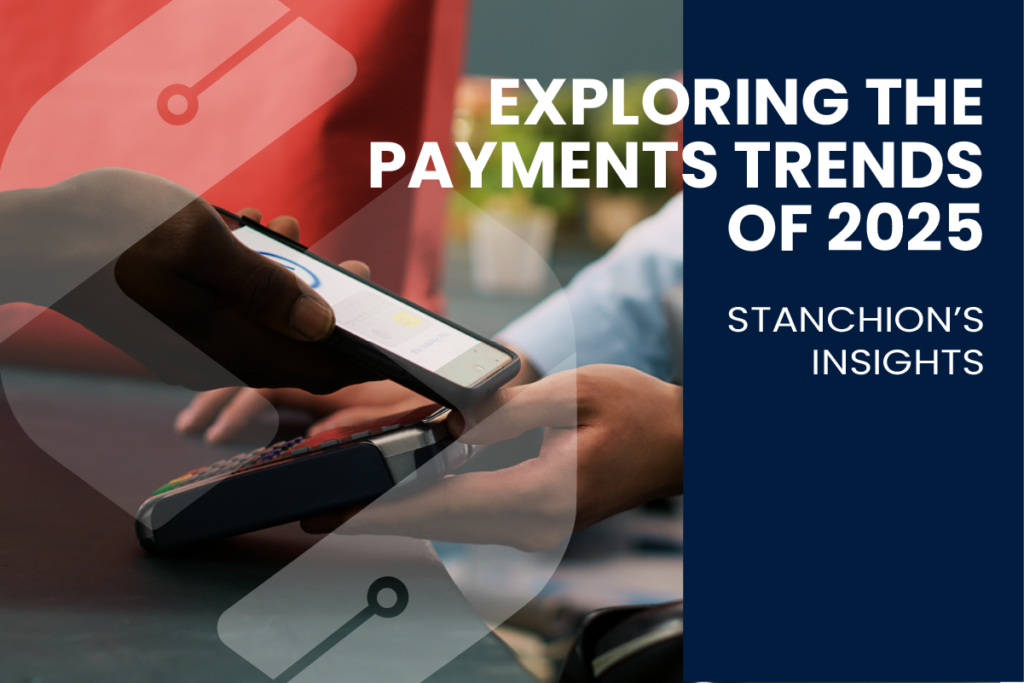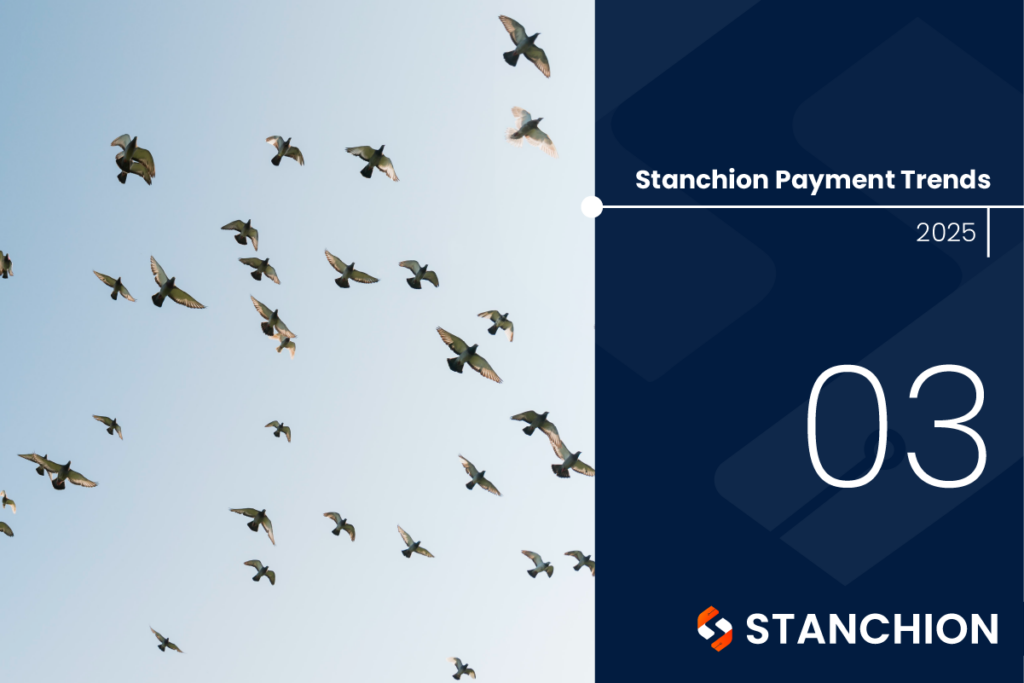
Introduction
At the back end of a year, most major Payment Consulting firms publish their annual views in a series of reports that are free and available for download. We have taken some of these reports and read over 500 pages of content to condense a summary for you. Each fortnight over the next few months, our email blog will provide a precis of the content and a link for you to download the full report from the author should you wish to read the more detailed publication.
Over the next three months, we will provide you with a synopsis of reports from:
- Boston Consulting Group
- McKinsey – both the Global Payments and Global Banking reports
- Cap Gemini
- EY
- Deloitte
- Worldpay GPR 2024
- Edgar Dunn 2025
- Global Payments
We will adopt the same format for each in our precis; they represent our thoughts on the document, and they are well written so we encourage you to download and read them at your leisure.
In this, our second annual summary of published analyst payment trends, our objective is to highlight Stanchion’s viewpoint and offer our insights on the trends expected in the year ahead. If you wish to download our first summary report for 2024, you can download it from our website here.
Stanchion Payment Solutions is entering its 24th year in the industry. Our traditional role (which we still do) was to provide expert technical skills around payment switches and card management platforms from vendors such as ACI Worldwide Postilion platform. We provide experienced knowledge-based technical services from our global network of full-time experts located in our offices based in Africa, the Middle East, APAC, North America and UK/Europe.
Our much newer role, which we have been accelerating into the post-pandemic era, evolved from our traditional role to bridge the gap that banks have which was endorsed in a survey we commissioned with global analyst firm IDC into the pressing payment change priorities through to 2028. We recently summarised this in a webinar that you can access here should you wish to gain more context.
Bridging the Gap
The gap payment changemakers are reporting, especially in emerging markets in 2025, has been created by first the speed of digital change between existing in-house technology capabilities and second the new needs from consumer and corporate customers.
Our solution to this gap is offered through a concept we pioneered and term ‘Payment Fabric’, which is increasingly being picked up and used by major analyst firms.
We got to payment fabric by leveraging our knowledge and experienced skillset to help organisations that operate their own OEM vendor-purchased payment platforms, helping them extend the digital capability and modernisation of their investment(s). Most notably the industry problem areas have centred on the Issuing domain and specifically how to add agility to existing OEM vendor-card management systems that banks have already invested in and are often deeply integrated into a bank’s enterprise ecosystem.
Naturally, a bank might expect an OEM vendor product to be digital ready and modern. Many OEMs are indeed trying to achieve this but in some domains like card issuing, the age of the core product, limited knowledge resources in the OEM, the amount of localised customisation create both a time and cost barrier. As can be seen from advanced markets like Europe – FinTechs can and do move fast. This is often at the expense of a bank’s market share, which in compressed margin macro environments makes business case approvals harder to justify. An alternative cost- and time-efficient approach is to wrap your core platform with a payment fabric overlay and use this modern microservice approach to innovate on. Advantages of this are to also reduce operational risk on long-winded regression test cycles that involve your production environments.
Banks are facing their Polaroid Moment
In 2023, many analyst reports warned banks that their brand moat was disappearing and a growing urgency to act was being sounded. In 2024 almost all reports sound the same warning bell. Banks in more emergent markets would be well advised to read and heed these signs.
As a strategy and especially in more emergent markets rip and replace are not an option most banks can afford in the years ahead. Several factors contribute to this such as slowing growth in the macro-economic environment caused in part by higher interest rates but also in the rapidly changing demand environment arising from:
a) rich experience offerings luring customers from competing fintechs,
b) the incessant pace of customer demand for alternative and new payment methods such as digital wallets and faster real-time/instant payments, and
c) regulators seeking to open up the industry competitively and give consumers greater digital choice.
As Chief Growth Officer, I had the good fortune to attend well over 15 conferences and events in 2024. Especially in Europe, many had a copy book agenda that involved AI and operational efficiency. The most outstanding conference from a cerebral and speaker quality was the last of the year in December – Banking 4.0 in Romania. Whilst AI was, of course, covered, the theme was Human Centric Banking. It is interesting that a strong theme in the Analyst reports looking at 2025 adopts the same principle. There is so much customer choice that delivering the right engagement and experience is key. Today it is still leading fintechs that excel at this.
At this conference, AT Kearney (who does not publish an annual payments report) presented comprehensive research on the pace at which Revolut had grown in Romania to become the second bank of choice. The Revolut brand was so strong that in many rankings they were among the top three category leaders. Revolut is a fintech that started 10 years ago and now has over 40 million customers and are rapidly opening licensed entities around the globe. Their time in Romania is relatively short but already over 20% of the population have opened a Revolut account. AT Kearney’s research gave empirical evidence to the statements many analyst reports make about the brand moat for banks now rapidly disappearing. It seems bold leadership is what many banks need.
Speed is an asset FinTechs use to their advantage, banks need to work out how to gain velocity
Through the global assignments Stanchion undertakes, we see a continuing trend for bank demand to:
- Deliver payment change programmes with ever greater agility and efficiency. Being constrained to a quarterly release timeframe owing to the complexity and criticality of the core platform is not an option.
- Extend and turbocharge the modernisation and digitalisation of their, for example, card-issuing management platforms, payment switches etc.
- Seek to offer their customers experiential engagements, a behaviour demanded by Millennial and Gen Z customers who are increasingly taking up a larger share of the global workforce (we are now in an era where over 50% of the working population is made up of this younger generation). This trend is now moving into the corporate banking segment.
- Consume an ever-greater volume of APIs to identify which value-added services will most resonate with their customer base. An example would be embedded and open finance products, functionality consumers increasingly seek, and all analysts agree will represent future source of margin contributions.
Key to delivering the above is enabling agile change on (or rather with) your core tech stack, delivering the right propositions from advanced analytics and insights, reducing cost through fraud and risk management and offering a quality, efficient service from your payment operations teams. Done correctly, marginal gains in each one of these areas will lead to an overall outsized positive return in competitiveness and results. AI will increasingly have a role to play with fraud and operational efficiency.
The 2025 reports continue to throw up the issue that banks need to find a way to achieve change agility when they have an existing perhaps aged (legacy) core infrastructure that hinders these goals.
Payment Fabric is one solution ideal for emerging markets and mid-sized to smaller banks
At Stanchion, we believe the answer lies in an enablement platform that wraps around the core existing product. This is modern, API friendly, microservice architecture able to function on-premises, in-cloud environments or a hybrid of both. Whilst there is not a consistent name in the industry for this technology, we term it Payment Fabric. Larger Banks have a raft of different strategies they can deploy as well as deploying modern payment hubs. Their market share, access to resource pools and income streams allow a broader set of options. Smaller and mid-size banks have fewer options.
Stanchion’s payment fabric offering is called Verto. Designed from digital payment transformation projects pre-pandemic, we productised it, now with 18 live customers in the space of four years, with at least one customer logo per continent and represented across banks, acquirers, processors, issuers and major retailers.
A well-designed, productised payment fabric solves many of the cumbersome problems banks need to resolve to innovate with agility. It also offers a highly efficient way to move toward enabling a modern enterprise grade payment hub.
Whilst we are not the only organisation to be offering a payment fabric solution, what does make Stanchion stand out is its depth of technical knowledge of vendor solutions and gaps, our integration heritage to enable efficient implementation, our multi-region breadth of our customers and teams and the augmented service offering we can provide on a 24/7/365 basis to support and enhance existing payment operation teams within your organisation.
Card Issuing Digital Experiences
As 70% of our payment fabric deployments are to solve agility challenges in the card-issuing domain, we are focusing our efforts in 2025, on:
- Product focus on helping banks to close the gap with leading fintech firms like Revolut. Our theme is to “Revolut-ionise your Card Issuing offering”. Market demand from Banks (driven by their customers) include control like experiences such as the ability to:
- tokenise card and manage the digital wallet token life-cycle management
- generate or replace an ePin on-demand,
- set and manage parental controls,
- customise and manage spending controls,
- rapidly issue virtual cards for different spending buckets,
- proactively manage mandates for subscription/recurring payments, and
- use rule engines to drive notification and prompt instant loyalty, surprise and delight etc
- Service focus to offer augmented enhanced monitoring and automation tool capabilities to payment operations teams with the theme of “Marginal Gains lead to outsized returns”. This includes offering next generation transaction monitoring solutions to help deal with the increase in fraud and scams arising from growth in the Instant Real-time Payments world.
- Technical solutions expertise focus is to continue to help organisations solve their complex payment problems. A hot topic in many emerging markets remains Tap to Phone where a smartphone can be enabled to accept contactless transactions.
Having reviewed the key reports looking toward 2025, we believe the focus areas we have chosen, resonate well with the research and findings documented.
If you believe the above match well with your goals for the year, please reach out and invite us to have a conversation with you. You can email us here: engage@stanchionpayments.com


 Verto
Verto Switchcare
Switchcare Professional Services
Professional Services

